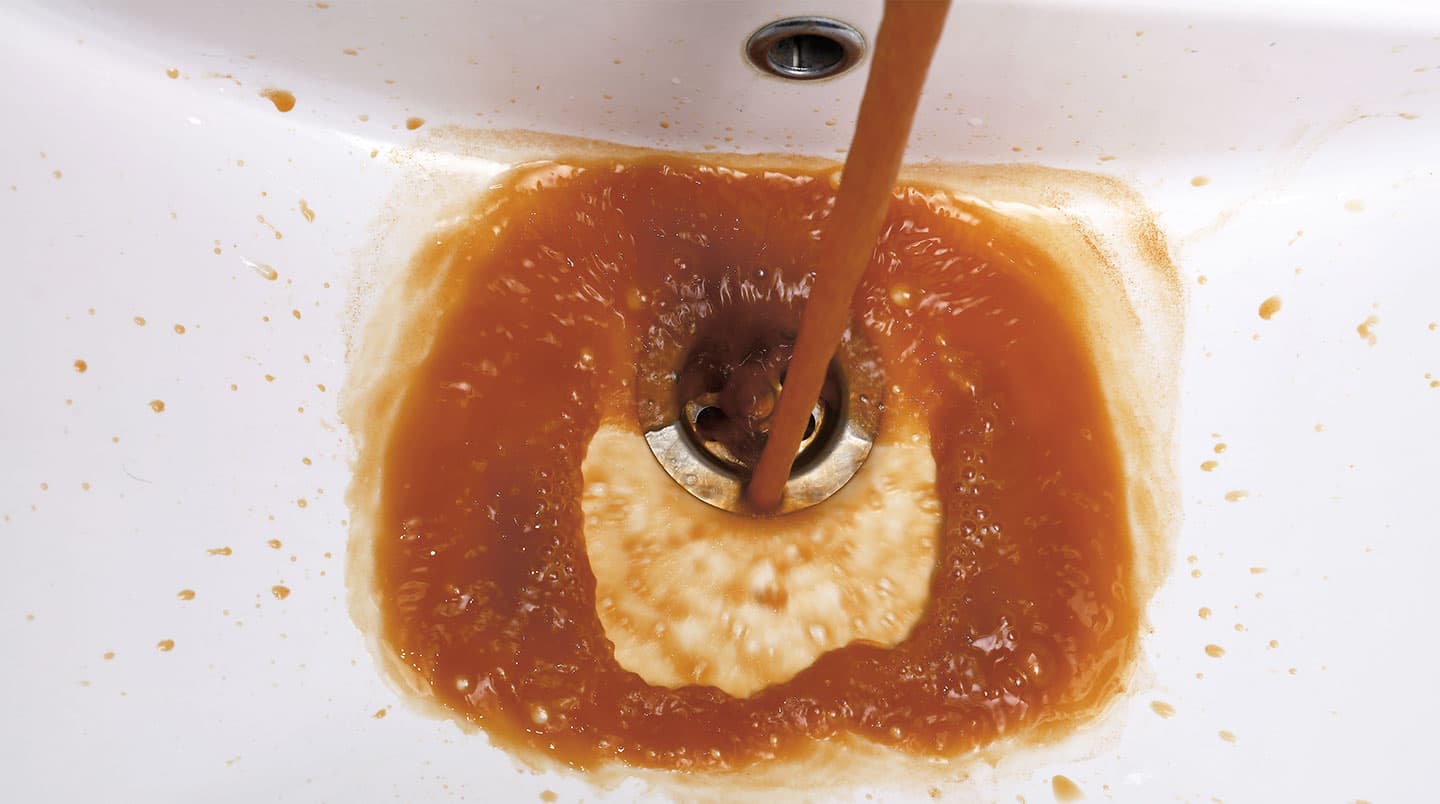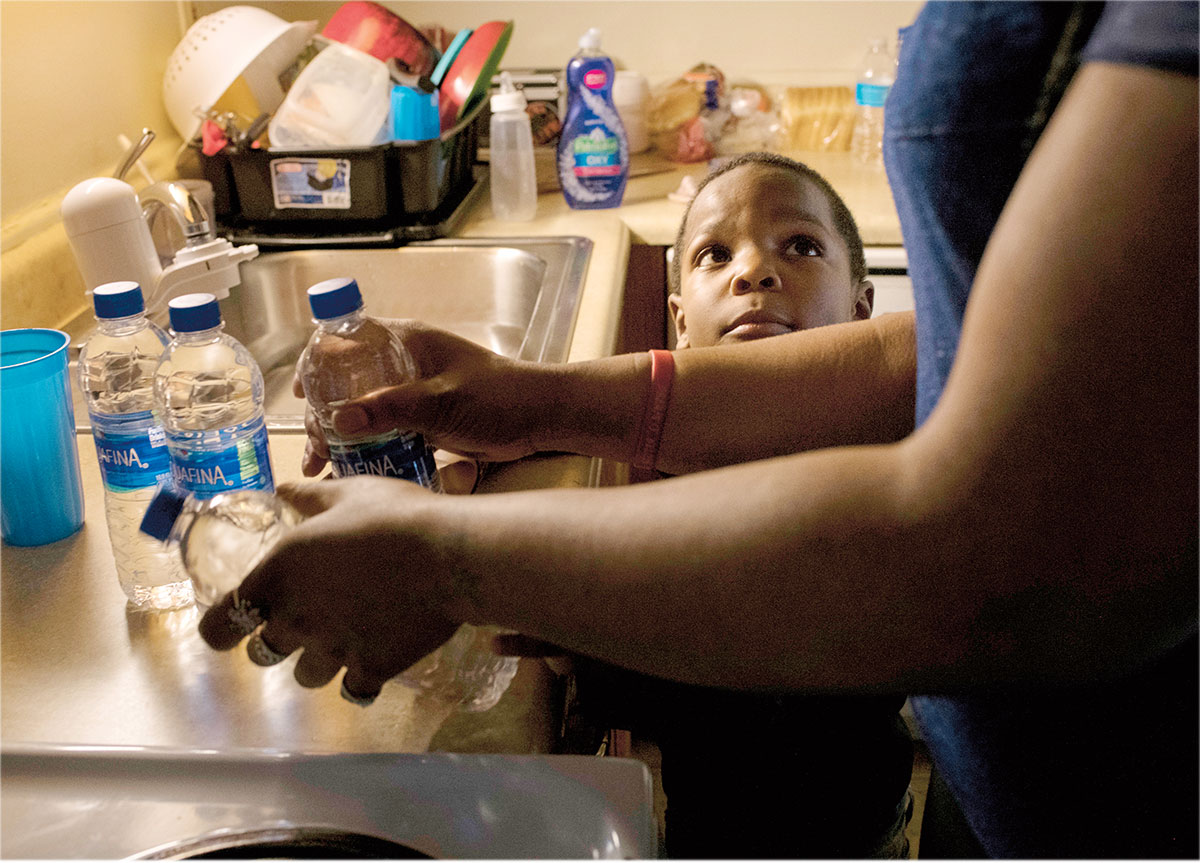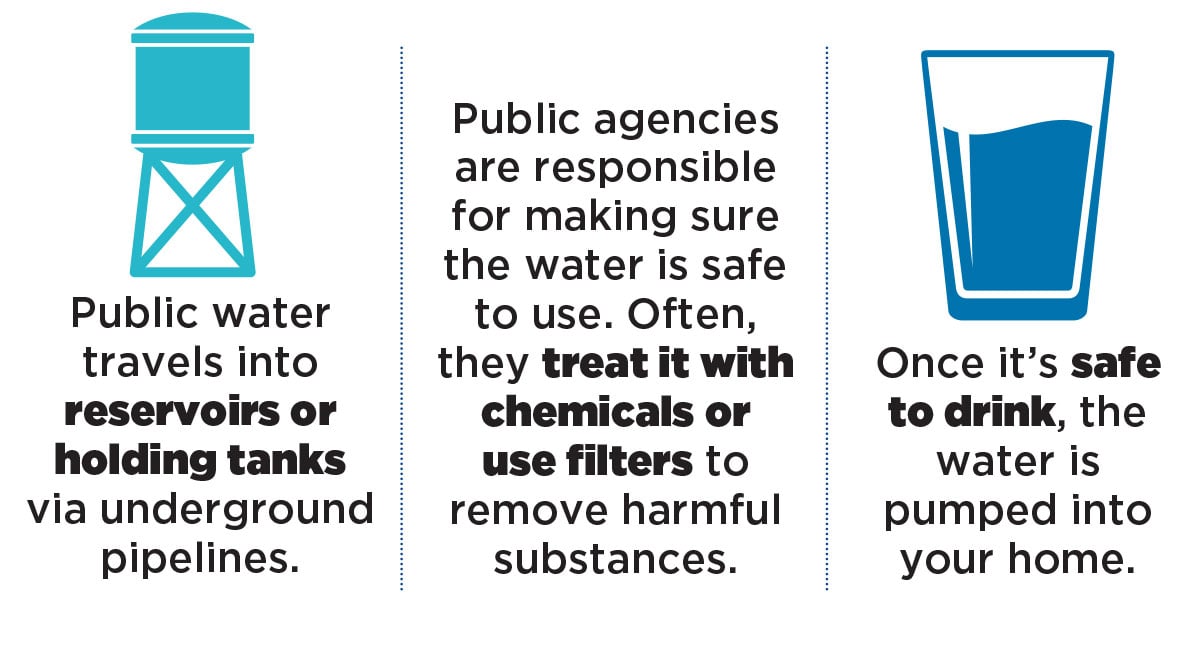I live in Flint, Michigan. When they switched our water, my little sister got such bad rashes that she had to use a special medicine and be wrapped in plastic wrap under her pajamas at night to heal her skin.
I was just 8 when I wrote a letter to then-President Barack Obama asking him to help the people of Flint. In response, he came to speak with our community. I got to meet him, and he lifted me up onstage. He made me laugh and reminded me to do my homework.
But I wanted to do more to help Flint. So I organized fund-raisers and other projects, including a coat drive, a campaign to fill backpacks for students in need, and a bottled-water fund. My friends and family helped me with the bottled-water drive. Our goal was to raise $15,000. We collected $280,000!
I’m still organizing fund-raisers, and I’ve used social media to ask people around the country for help. I have more than 104,000 followers on Twitter, including celebrities, politicians, billionaires, and regular people from many different countries. With their support, I’ve been able to collect more than half a million dollars for Flint.
People around the world know me as Little Miss Flint. I love being able to give back to my community, especially to the kids. Adults have cried when we pass out bottled water. Kids smile and wave at me. I give a lot of hugs and high fives. Being able to bring my ideas to life to help Flint kids is definitely the best.
My goal is to run for U.S. president in 2044—as soon as I’m old enough. Flint’s water crisis has taught me that if we don’t elect people who care about us, our officials have the power to potentially hurt everyone. If you have a voice and the ability to amplify that voice, just do it. Don’t let others stop you.
—Mari Copeny, as told to Laura Anastasia



























